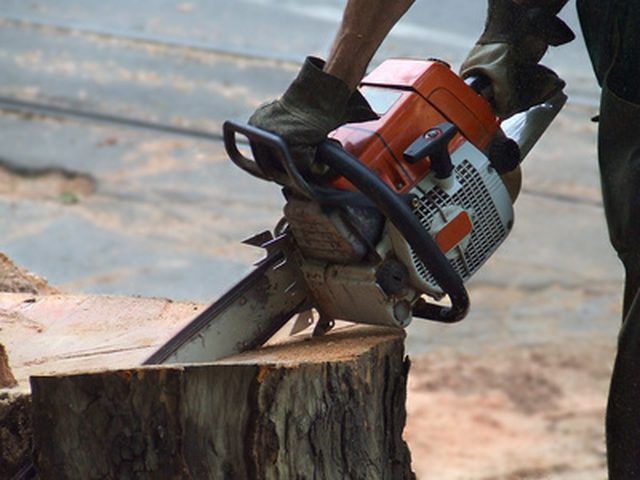Bulbs
Flower Basics
Flower Beds & Specialty Gardens
Flower Garden
Garden Furniture
Garden Gnomes
Garden Seeds
Garden Sheds
Garden Statues
Garden Tools & Supplies
Gardening Basics
Green & Organic
Groundcovers & Vines
Growing Annuals
Growing Basil
Growing Beans
Growing Berries
Growing Blueberries
Growing Cactus
Growing Corn
Growing Cotton
Growing Edibles
Growing Flowers
Growing Garlic
Growing Grapes
Growing Grass
Growing Herbs
Growing Jasmine
Growing Mint
Growing Mushrooms
Orchids
Growing Peanuts
Growing Perennials
Growing Plants
Growing Rosemary
Growing Roses
Growing Strawberries
Growing Sunflowers
Growing Thyme
Growing Tomatoes
Growing Tulips
Growing Vegetables
Herb Basics
Herb Garden
Indoor Growing
Landscaping Basics
Landscaping Patios
Landscaping Plants
Landscaping Shrubs
Landscaping Trees
Landscaping Walks & Pathways
Lawn Basics
Lawn Maintenance
Lawn Mowers
Lawn Ornaments
Lawn Planting
Lawn Tools
Outdoor Growing
Overall Landscape Planning
Pests, Weeds & Problems
Plant Basics
Rock Garden
Rose Garden
Shrubs
Soil
Specialty Gardens
Trees
Vegetable Garden
Yard Maintenance
How to Replace the Fuel Line in a Husqvarna 136
How to Replace the Fuel Line in a Husqvarna 136. The fuel line on a Husqvarna 136 chainsaw connects the fuel tank with the carburetor. It allows the proper amount of fuel to reach the inlet valve on the carburetor, before the fuel proceeds to the mixing chamber for ignition. The fuel line is a small hose that can get kinked, pinched or dislodged...

The fuel line on a Husqvarna 136 chainsaw connects the fuel tank with the carburetor. It allows the proper amount of fuel to reach the inlet valve on the carburetor, before the fuel proceeds to the mixing chamber for ignition. The fuel line is a small hose that can get kinked, pinched or dislodged from the carburetor. Further still, this hose can get clogged by sawdust, dirt or dried-up gas if the fuel filter isn't working properly.
Things You'll Need
Approved fuel container
Screwdriver
Needle-nosed pliers
Scissors
Bar oil
Metal hook (baling wire)
Replacement fuel filter
Open the gas cap and pour out any remaining gas inside the tank. Empty the gas into an approved fuel container. Start the chainsaw, if you can, and let it run out of gas.
Unscrew the four retaining screws that hold the cylinder cover in place over the air filter and carburetor. The cylinder cover sits on the top, in-between the starter cover and the bar cover. Remove the screws and cover from the engine.
Unscrew the bolt that holds the air filter in place, using your hands. Pull the air filter off its mounting plate. Unhook the fuel line from the elbow connector on the carburetor, using the needle-nosed pliers.
Bend one end of the metal wire into a hook. Reach into the tank and grab the fuel filter and fuel line with the metal hook. Pull the fuel filter and fuel line up and out of the tank. Grab the end of the fuel line with the needle-nosed pliers and pull it out of the tank.
Measure out a 6-inch piece of new fuel line. Cut off the line from the roll. Taper one end of the fuel line to a 45-degree angle. Insert the straight end of the metal hook into the fuel line. Coat the outer edges of the hose with a little bit of bar oil.
Insert the hook and fuel line into the tank. Push both components down through the hole in the tank. Keep pushing until the line pokes out through the carburetor. Pull the exposed end towards the elbow connector on the carburetor. Cut off the tapered end.
Leave about 1 to 2 inches inside the tank and cut off any excess fuel line in the tank with the scissors. Insert the nozzle of the new fuel filter into the end of the fuel line. Set them down in the tank.
Hook the fuel line back up to the elbow connector on the carburetor. Screw the air filter back in place. Set the cylinder cover and tighten its screws in place. Fill the chainsaw with freshly-mixed fuel.
Tips & Warnings
To increase engine performance, replace the fuel filter every time you replace the fuel line.
Always be careful when working with fuel, as it is highly flammable.